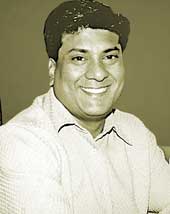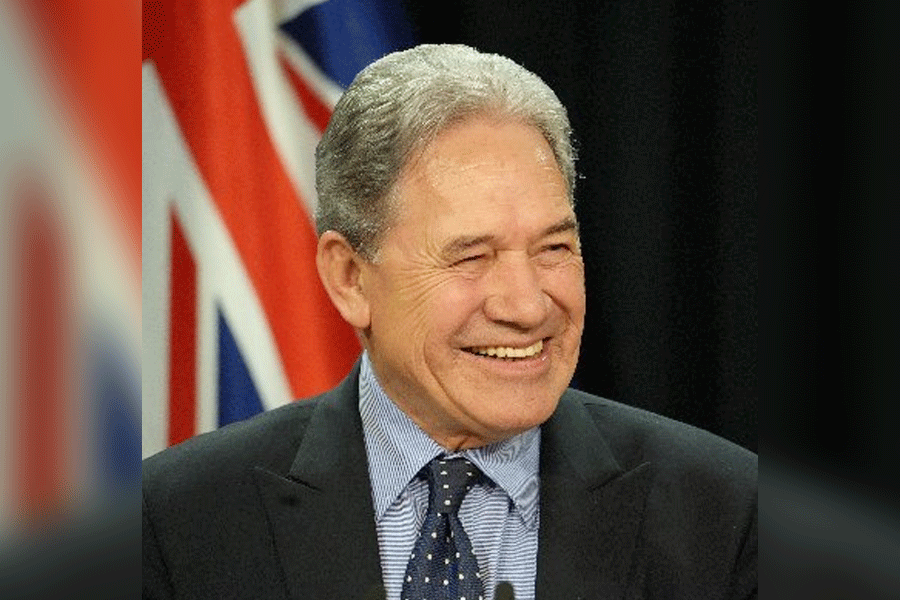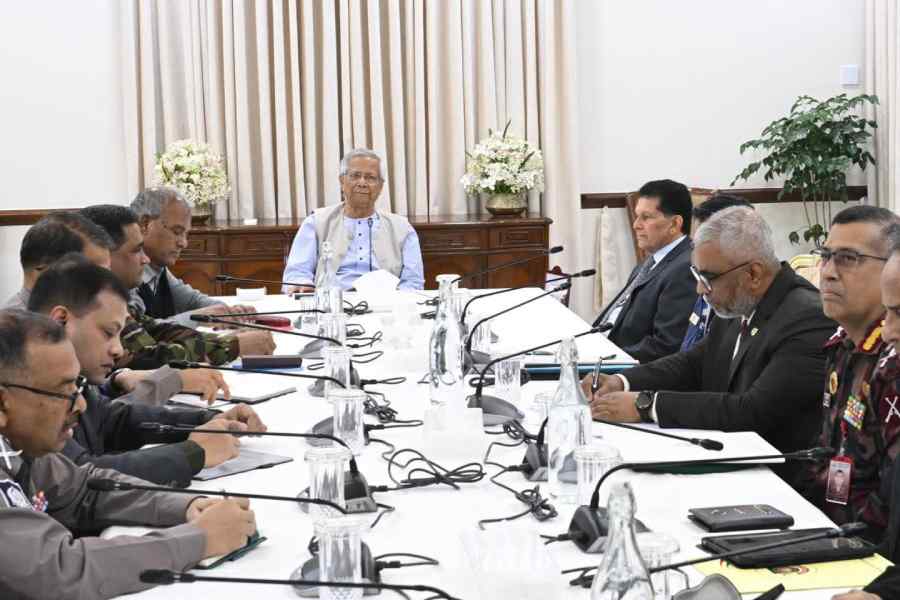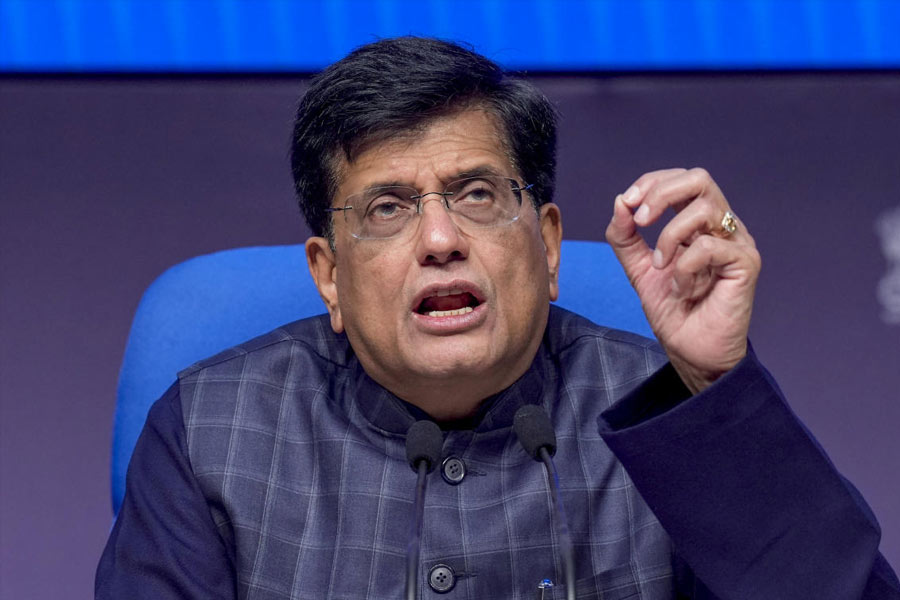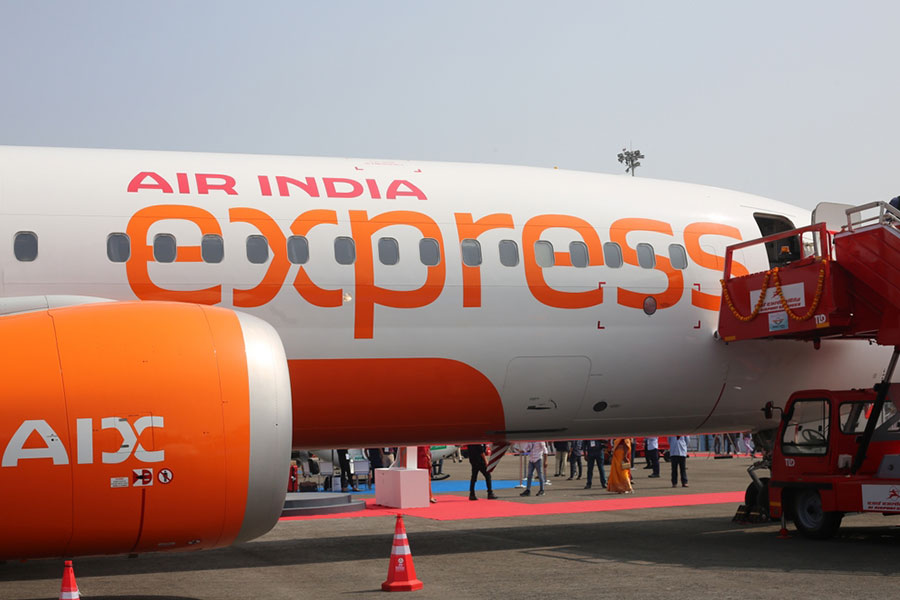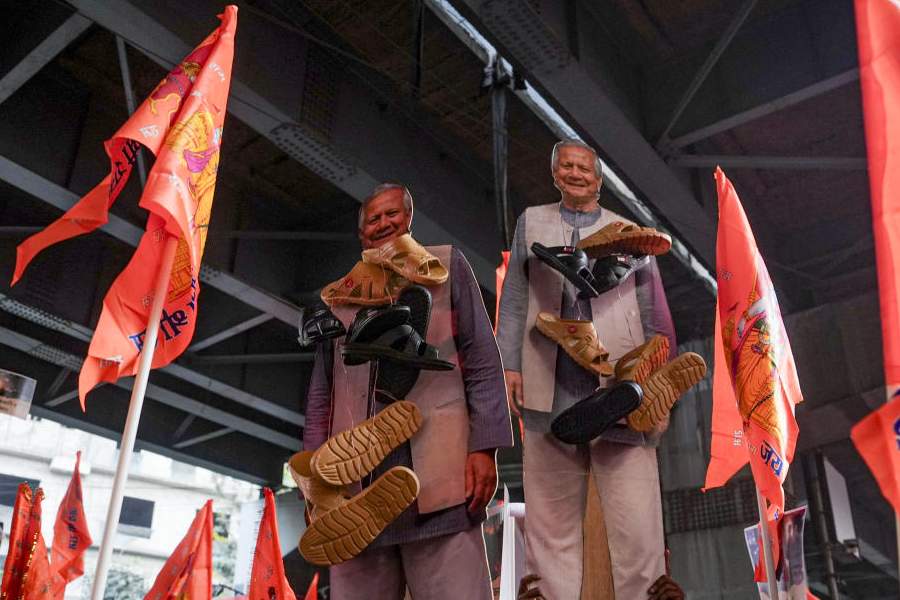 |
When Narendra Bansal started Intex Technologies (India) in 1996, he had just one product — an Ethernet card. That’s for the techies, not something you and I can identify with. Today, however, he has a veritable cornucopia. Intex’s portfolio now includes over 24 categories including PCs, LCD monitors, DVD players, home theatre systems, subwoofers, headphones, web cameras and mobile phones. “I believe in the power of Indian brands,” says Bansal.
Success for him didn’t come overnight. Very early on, he had decided he would strike out on his own. But he wasn’t very sure of the direction he should take. After completing his graduation in commerce from Delhi University in 1985, he started his own business.
But nothing seemed to work. This was a very difficult time for Bansal who had always excelled in what he did, be it studies or sports. It would take many years for him to find his niche.
“After a lot of exploration and introspection, I realised that there was good scope in the IT hardware sector, a field dominated by MNCs,” he says. “So, I formed Intex. This was the turning point in my professional life.”
The Ethernet card was a good choice. This was the time when computer networks were being put in place in nearly all offices. Systems managers found that cards supplied by MNCs had a problem: they sometimes couldn’t cope with the Indian summer, air-conditioning or no air-conditioning.
It took a little while for brand-conscious consumers to accept Intex’s products. But Bansal stuck it out, with wholehearted support from his younger brothers. He was very sure that the product would speak for itself.
“I strongly believe that Indian consumers do not have any marked preference for foreign brands,” says Bansal. “This is evident from the fact that products from Wipro and HCL, Onida and Videocon, and Maruti and Bajaj are so popular.”
Intex proved this all over again. By March 2002, the company had reached a turnover of Rs 32 crore. Intex expanded its product range slowly but steadily. Bansal decided to outsource most of the products because that would mean reduced initial investment. He tied up with overseas suppliers to get the best prices and the latest products.
“We diversified into the home entertainment and mobile sectors because both have a growth rate of more than 30 per cent,” he says. “We believe that we will be able to carve out a substantial share from the ever-increasing pie.”
Bansal thrives on competition. “Competition is one of the best motivators in any business,” he says. “It drives you to continuously improve the quality of your services and deliver it in the best possible way.” He is not scared of being gobbled up by the MNCs in his field. In fact, he looks on them as “friends” who are opening up the Indian market, paving the way for him to do business.
“There will always be place for a domestic brand that is committed to customer satisfaction,” he says. That is why Bansal has invested in an extensive service network and a strong distributor chain.
He believes that his team of 789 employees is Intex’s most valuable asset and acknowledges that a large chunk of the credit for Intex’s success is due to the hard work put in by them.
Employee motivation and dedication to the customer have paid off. The company reported a turnover of Rs 260 crore in the last financial year. Bansal is now looking at Rs 500 crore by the end of 2007-08.
The ever-energetic Bansal believes in leading from the front. He drives his team of young employees (average age 29 years) hard but puts in as many hours himself.
So, what does this busy man do to relax? He hits the gym. Bansal is a fitness freak and enjoys working out.
He is also very family-oriented and loves spending time with his kids. Despite his busy schedule, he regularly takes out time to help them with their studies. After all, his work in the technology sector has made him realise that knowledge is the greatest asset a person can bring to the table.
Based on a conversation with Paromita Sen in Calcutta

